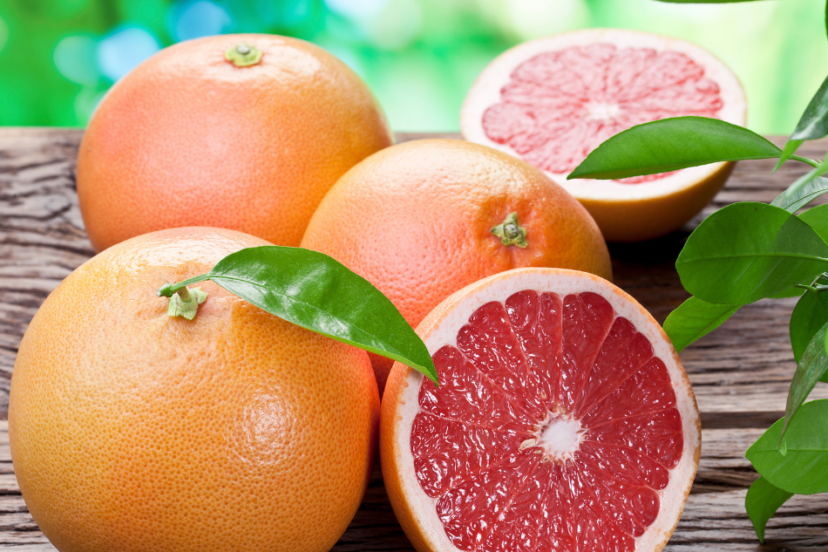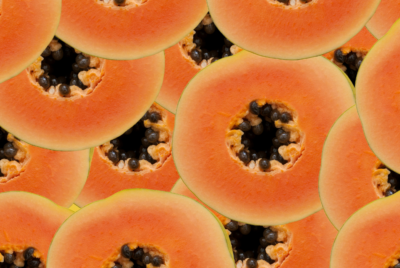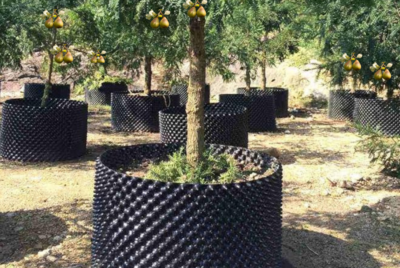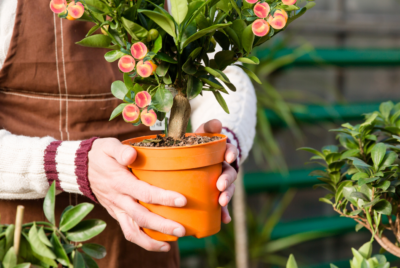The Secret To Growing Grapefruit Successfully In A Container
The key to growing grapefruit successfully in a container lies in understanding the unique needs of this citrus tree. Proper drainage, adequate sunlight, and consistent watering are crucial factors for ensuring the health and productivity of your grapefruit tree. While it may seem challenging to cultivate such a large fruit in a confined space, with the right care and attention, you can enjoy the sweet, tangy flavor of homegrown grapefruit right from your own patio or balcony. In this blog post, we will explore the imperative steps and tips for successfully growing grapefruit in a container, so you can initiate on your own citrus-growing adventure with confidence.
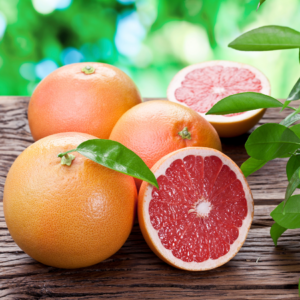
Key Takeaways:
- Choose the right container: Select a large, sturdy pot with good drainage to support the grapefruit tree’s growth.
- Use the appropriate soil: Opt for well-draining, slightly acidic soil mix to ensure the grapefruit tree has the necessary nutrients.
- Provide ample sunlight: Place the container in a sunny spot where the grapefruit tree can receive at least 8 hours of sunlight daily.
- Regular watering and fertilizing: Maintain consistent moisture levels by watering when the top inch of soil is dry, and fertilize the tree with a balanced fertilizer during the growing season.
- Prune and protect the tree: Prune the grapefruit tree to maintain its shape and size, and protect it from extreme temperatures or pests by moving the container indoors when needed.
Getting Started
Selecting the Right Container
Getting started with growing grapefruit in a container begins with selecting the right container. It is crucial to choose a container that is large enough to accommodate the roots of the grapefruit tree as it grows. A container with a drainage hole is important to prevent waterlogging, which can lead to root rot. Additionally, lightweight containers made of plastic or resin are ideal for ease of moving and transporting the plant.
Choosing the Best Grapefruit Variety for Containers
One important factor to consider when choosing the best grapefruit variety for containers is the size of the tree at maturity. Opt for dwarf or semi-dwarf varieties that are better suited for container growing and require less space. Thompson and Duncan are popular grapefruit varieties that thrive in containers due to their compact size and ability to adapt to container growing conditions.
Container grown grapefruit trees have the advantage of being easily movable, so you can adjust their placement to optimize sunlight exposure. Additionally, by growing grapefruit in a container, you can control the soil quality and drainage more effectively, resulting in healthier growth and a better harvest.
Planting and Care
Soil Composition and Drainage
Little attention is key when it comes to the soil composition and drainage for your grapefruit tree. Grapefruits thrive in well-draining soil, so it’s important to ensure your container has adequate drainage holes to prevent waterlogging. A mix of potting soil, sand, and organic matter will provide the ideal growing medium for your grapefruit tree.
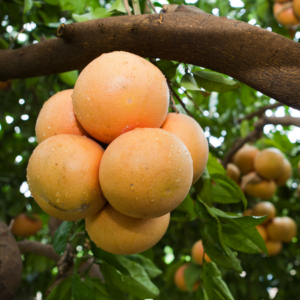
Watering and Feeding Your Grapefruit Tree
On caring for your tree, proper watering and feeding are imperative for its health and fruit production. Grapefruit trees require consistently moist soil, so be sure to monitor the moisture levels regularly. Fertilize your tree with a balanced fertilizer specifically formulated for citrus trees. Feed your tree every 6-8 weeks during the growing season for optimal results.
Care for your grapefruit tree includes more than just watering and feeding. For instance, pay attention to signs of distress such as yellowing leaves or stunted growth, which could indicate nutrient deficiencies or pests. Pruning is also important to promote airflow and sunlight penetration throughout the tree, which can help prevent diseases. With diligent care and attention to detail, you can enjoy a bountiful harvest of juicy grapefruits from your container-grown tree.
Overcoming Challenges
Managing Pests and Diseases
All successful container grapefruit growers know that maintaining a watchful eye for pests and diseases is crucial. Overcoming these challenges can be done by staying proactive and implementing preventative measures. Regularly inspect your tree for common pests such as aphids, mealybugs, and scale insects. Use organic pesticides or insecticidal soaps to eliminate these threats before they wreak havoc on your plant. Additionally, proper soil drainage, adequate sunlight, and good air circulation can help prevent diseases like root rot and powdery mildew.
Addressing Common Container-Grown Grapefruit Problems
One common issue in container-grown grapefruit trees is nutrient deficiency. Overcoming this challenge involves providing regular feeding with a balanced fertilizer specifically formulated for citrus plants. Look for products high in nitrogen, phosphorus, and potassium, as well as micronutrients like iron and magnesium. Monitor your plant for yellowing leaves or stunted growth, which are signs of nutrient deficiency. Adjust your feeding schedule accordingly to ensure your tree thrives in its container environment.
The key to addressing common container-grown grapefruit problems lies in proactive care and swift action. Regularly inspect your plant for issues such as nutrient deficiencies, pests, and diseases. By taking immediate action and providing the necessary care, you can prevent these challenges from impacting the overall health and growth of your grapefruit plant.
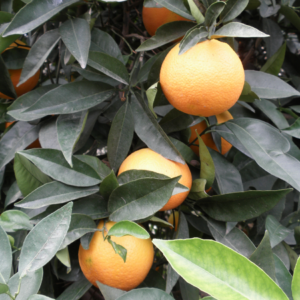
Maintenance and Harvesting
Pruning Techniques for Container Grapefruit Trees
One crucial aspect of growing grapefruit successfully in a container is proper pruning. Regular pruning helps maintain the size and shape of your tree, promotes healthy growth, and enhances fruit production. Pruning should be done in late winter or early spring before new growth appears. Remove any dead, damaged, or crossing branches to improve air circulation and reduce the risk of disease. Remember to sterilize your pruning tools before and after each use to prevent the spread of pathogens.
When and How to Harvest
One key to enjoying fresh grapefruits from your container tree is knowing when and how to harvest them. Grapefruits are ready to be picked when they reach full color and firmness. To harvest them, twist the fruit upwards until it separates from the tree, or use pruning shears to cut the stem. Avoid pulling the fruit downwards, as this can damage the tree. Store your harvested grapefruits in a cool, dry place away from direct sunlight.
Container grapefruit trees offer the convenience of home-grown fruit even in small spaces. Ensure your tree receives adequate sunlight, water, and nutrients for healthy growth and fruit production. By following proper pruning techniques and knowing the right time to harvest your grapefruits, you can enjoy a bountiful harvest of fresh, juicy fruits from your container tree.
To wrap up
Following this comprehensive guide on growing grapefruit successfully in a container will surely lead to a bountiful harvest of juicy fruit. Remember to provide the right conditions such as ample sunlight, well-draining soil, appropriate temperatures, regular watering, and adequate fertilization. For more tips on growing citrus in containers, check out Citrus in Containers: 10 Tips for Success. With proper care and attention to detail, you can enjoy the fresh taste of homegrown grapefruit right from your own patio or balcony.
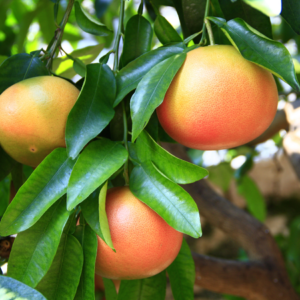
FAQ’s about Growing Grapefruit Successfully
Q: What is the optimal container size for growing grapefruit trees?
A: The optimal container size for growing grapefruit trees is at least 20 inches in diameter and depth to allow for proper root growth and development.
Q: When is the best time to plant grapefruit trees in a container?
A: The best time to plant grapefruit trees in a container is in the spring or early summer when temperatures are warmer, allowing the tree to establish itself before winter.
Q: How often should grapefruit trees in containers be watered?
A: Grapefruit trees in containers should be watered deeply but infrequently, allowing the top inch of soil to dry out between waterings. This typically translates to watering every 7-10 days, depending on the climate.
Q: What type of soil is best for growing grapefruit trees in containers?
A: The best type of soil for growing grapefruit trees in containers is a well-draining potting mix that is rich in organic matter. Avoid heavy soils that can retain too much water and cause root rot.
Q: How can I fertilize my grapefruit tree in a container?
A: Fertilize your tree in a container with a balanced, slow-release fertilizer designed for citrus plants. Apply the fertilizer according to the package instructions during the growing season (spring and summer) to support healthy growth and fruit production.

